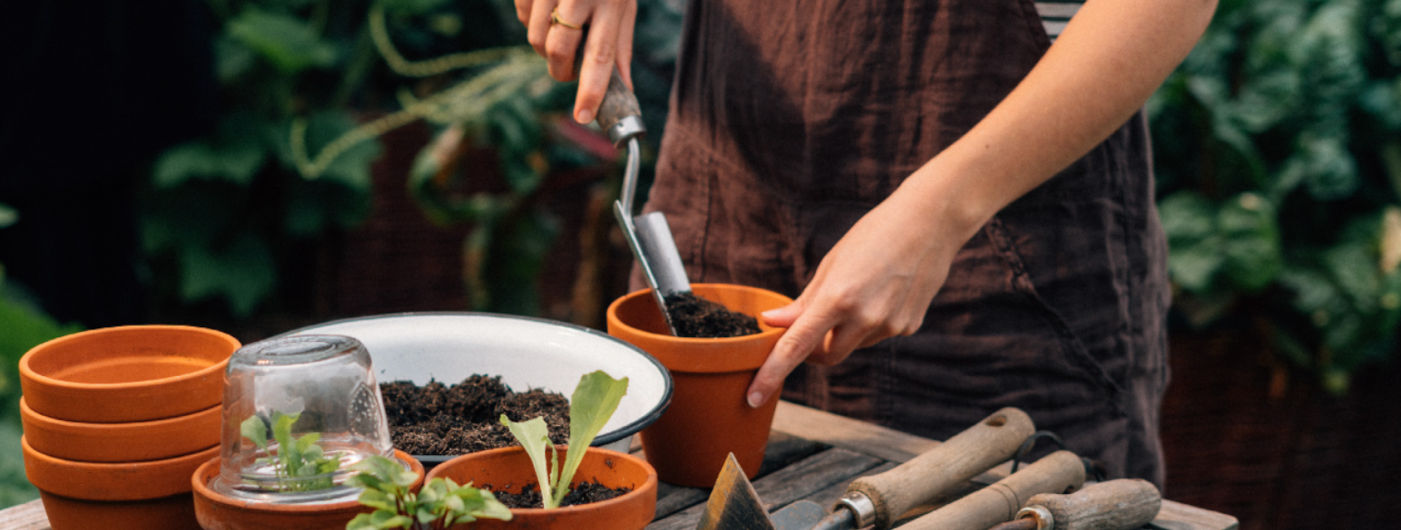Cabbage Seeds
Headed cabbage, pointed cabbage, palm cabbage, kale, cauliflower, broccoli, kohlrabi: seeds of rare heirloom and proven cabbage varieties. The cabbage is an annual or biennial or perennial herbaceous plant rich in forms and colours. All cultivars go back to the wild cabbage, which in turn can be divided into five different species that live in different habitats respectively.
When and where the individual cultivars have emerged from the wild varieties, is not yet very well understood. There is definitely evidence for the cultivation of green curly kale in early Greece and Italy. Cabbage can be eaten both raw or cooked. The term cabbage refers to many brassica vegetables. This includes all cultivated forms of the genus, which has a long tradition as a foodstuff in Central Europe.
Although for a long time cruciferous vegetables had a bad reputation as a 'poor man's food' and were not very popular on the menus in restaurants, this view has changed significantly in recent years, and not only because cabbage contains many important ingredients such as vitamin C, vitamins of the B complex, beta-carotene, folic acid, potassium, calcium, and iron.
The main reason is probably that cabbage is simply delicious! Whether as a stew, fried vegetables, braised cabbage, cabbage rolls, gratin, quiche or as coleslaw. On top of that cabbage is very versatile: There are so many varieties of cabbage, from savoy cabbage and red cabbage to brussels sprouts - and there are many only regionally known varieties .

